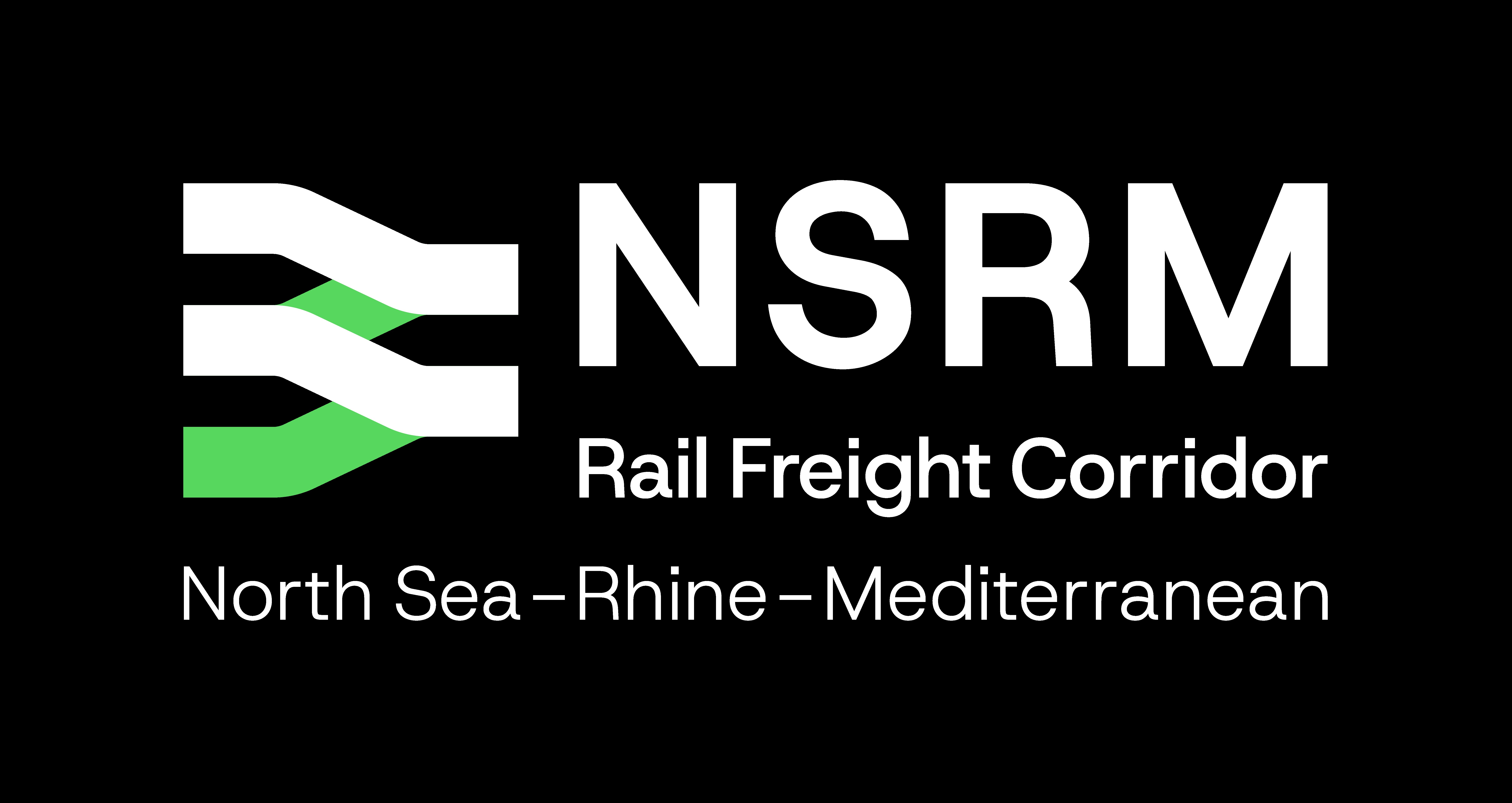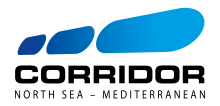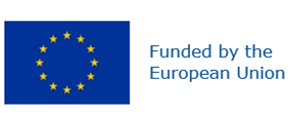
Introducing the New RFC North Sea–Rhine–Mediterranean: A Strategic Merger for a Unified European Corridor
We are proud to announce the official merger of the former Rail Freight Corridors (RFCs) Rhine-Alpine and North Sea–Mediterranean into the newly established RFC North Sea–Rhine–Mediterranean (NSRM), aligned with the European Transport Corridor (ETC) framework under Regulation (EU) 2024/1679. This strategic consolidation marks a significant milestone in the evolution of European rail freight, reinforcing our commitment to a more integrated, efficient, and sustainable transport network across the continent.
The new NSRM corridor stretches across seven countries: The Netherlands, Belgium, Luxembourg, France, Germany, Switzerland, and Italy—encompassing approximately 12,150 km of railway lines, 5,000 km of roads, and 5,030 km of inland waterways. This extensive multimodal infrastructure positions NSRM as a vital artery for the movement of goods and passengers, linking key industrial and logistical hubs from the North Sea to the Mediterranean.
This merger is not merely a structural change; it represents a renewed vision for corridor governance, interoperability, and market responsiveness. The NSRM corridor is designed to meet the ambitious goals of the TEN-T Regulation, which aims to complete a high-quality, EU-wide transport network by 2050, with intermediate milestones in 2030 and 2040. The corridor will play a pivotal role in achieving these targets by enhancing cross-border coordination, streamlining investment planning, and fostering innovation in rail operations.
The merger process has been underpinned by extensive stakeholder consultation and technical alignment. The Implementation Plan for the new corridor, developed in collaboration with infrastructure managers and national ministries, outlines the operational framework, infrastructure parameters, and governance objectives of NSRM. It is complemented by a comprehensive Transport Market Study that assesses current and projected freight flows, terminal capacities, and market needs.
One of the key benefits of the merger is the harmonization of operational practices and investment strategies across the former RFCs. This includes coordinated deployment of the European Rail Traffic Management System (ERTMS), improved capacity allocation through harmonized timetabling, and enhanced communication with railway undertakings and terminal operators. The corridor also supports the EU’s Green Deal objectives by promoting modal shift from road to rail, thereby reducing carbon emissions and congestion.
As we move forward, the NSRM corridor will continue to engage with its stakeholders through regular advisory group meetings, public consultations, and transparent reporting. Our shared goal is to deliver a corridor that not only meets the logistical demands of today but also anticipates the mobility challenges of tomorrow.
We invite all partners—public and private—to join us in shaping the future of European rail freight. Together, we are building a corridor that is easier, faster, and safer.
For more information, please visit our updated website at www.corridor-nsrm.eu.






